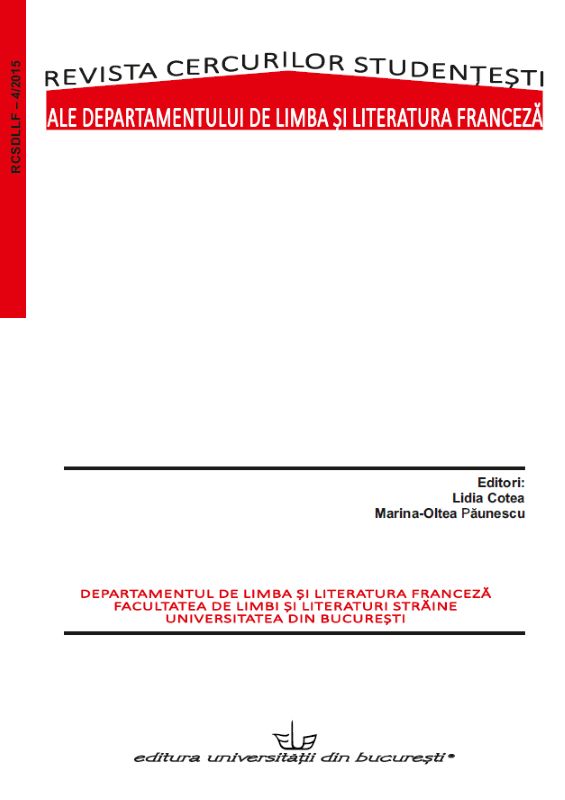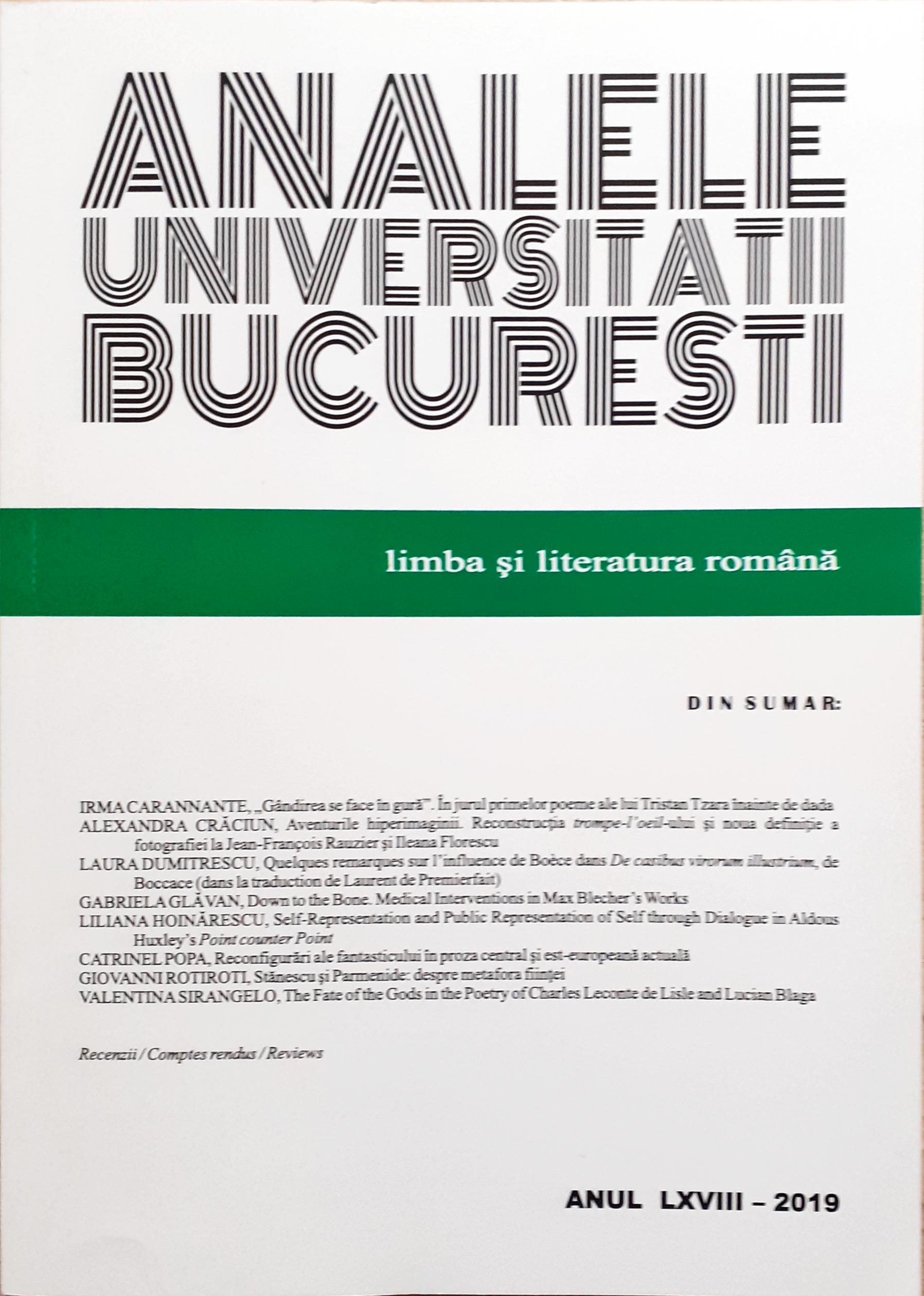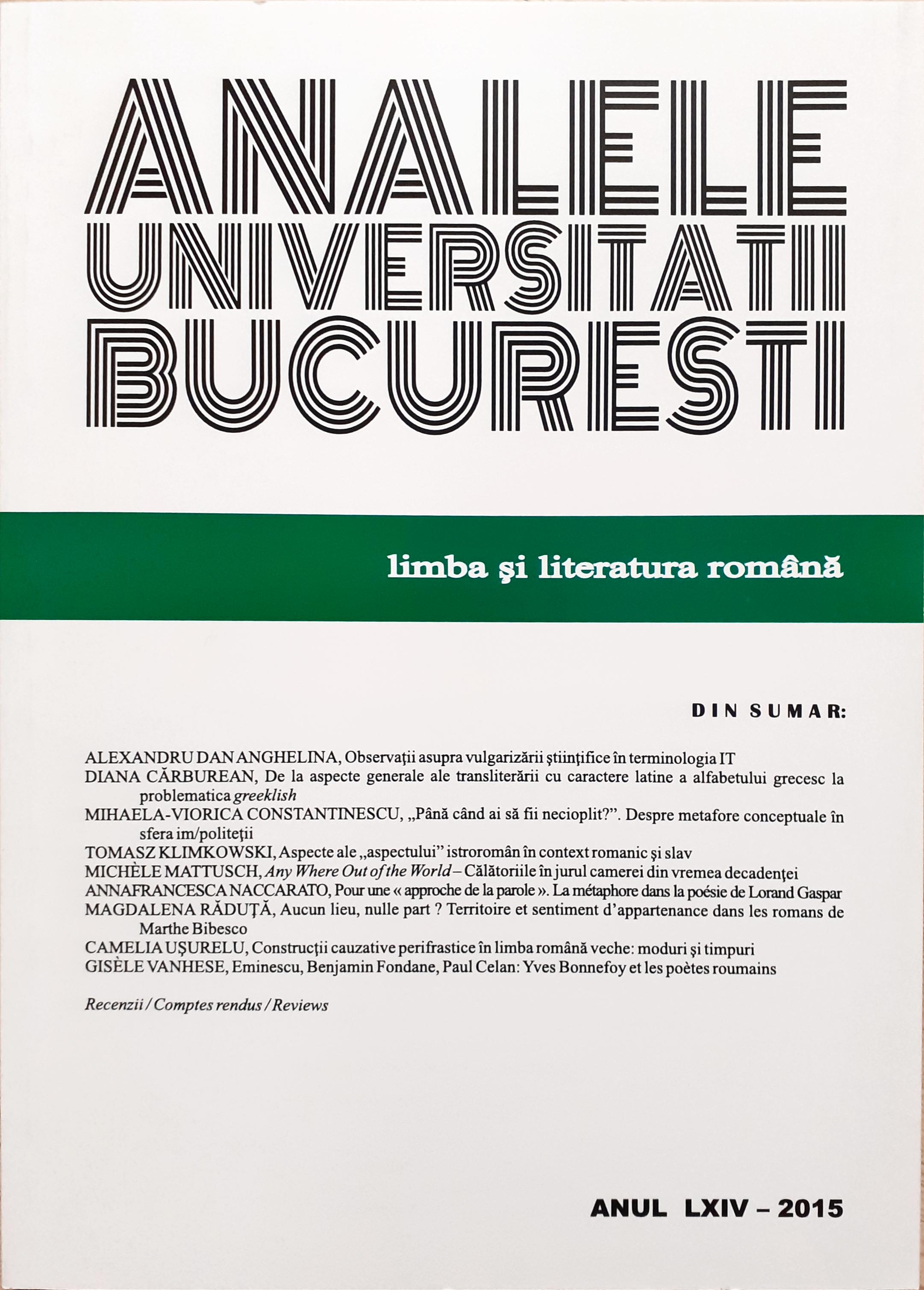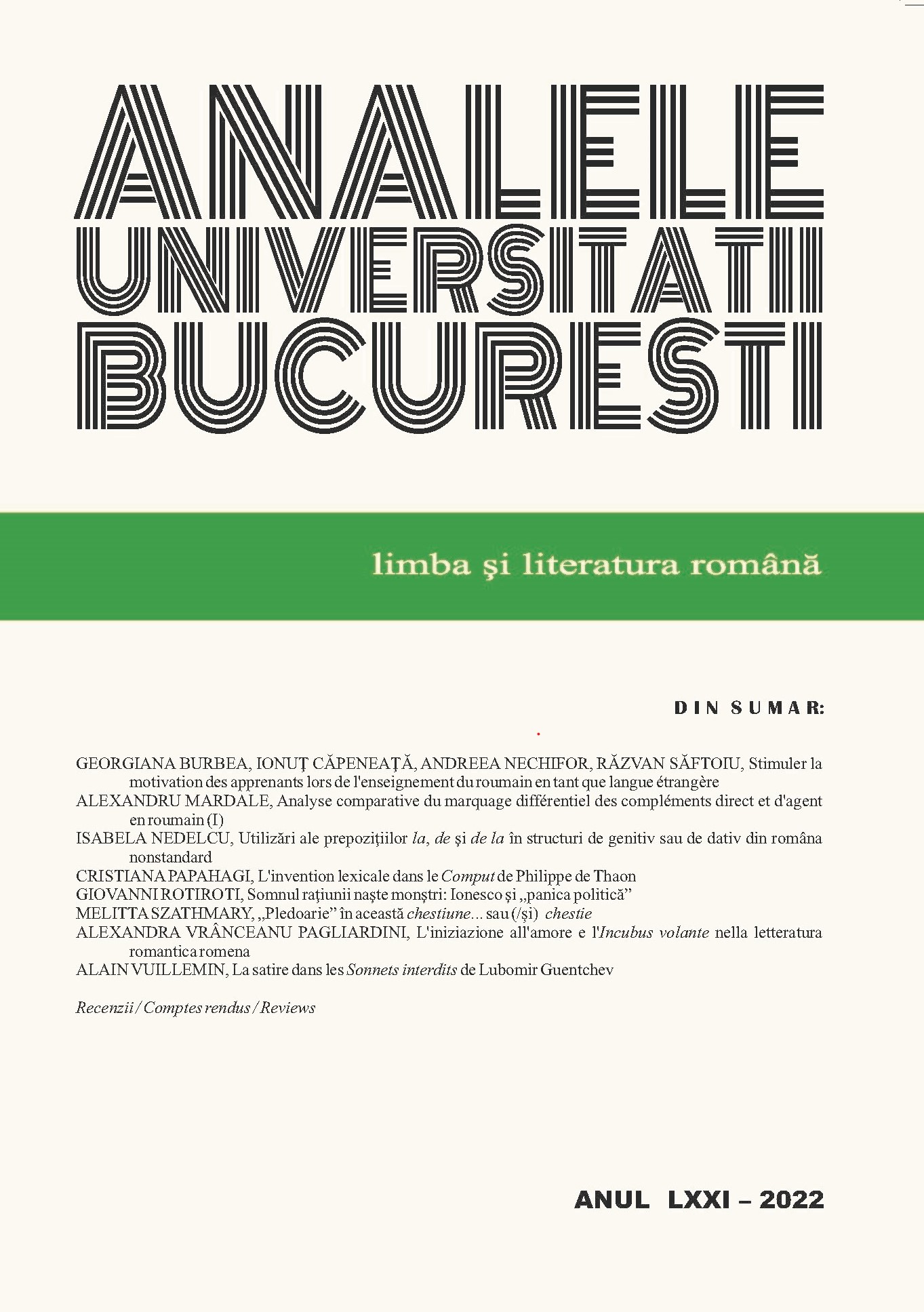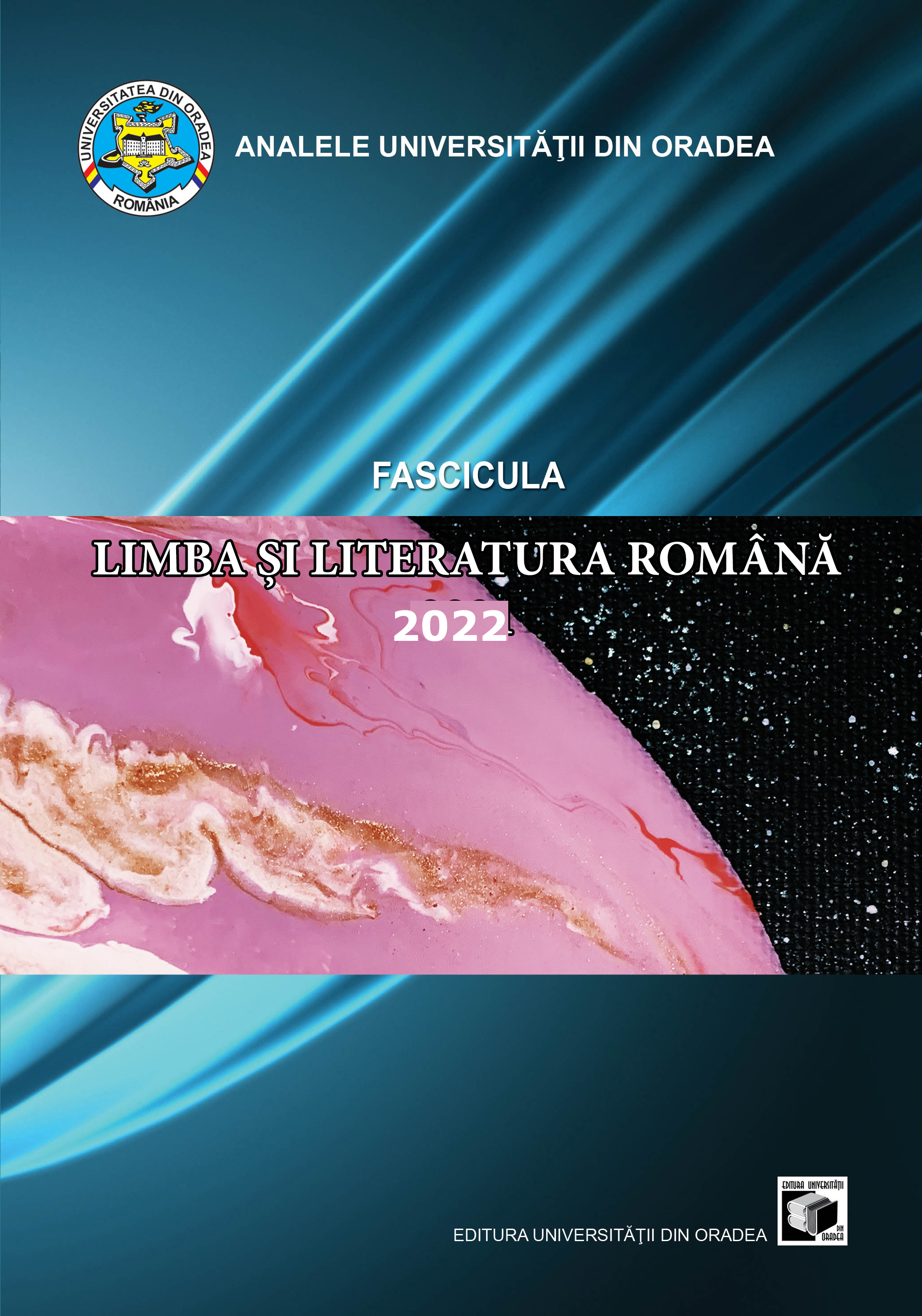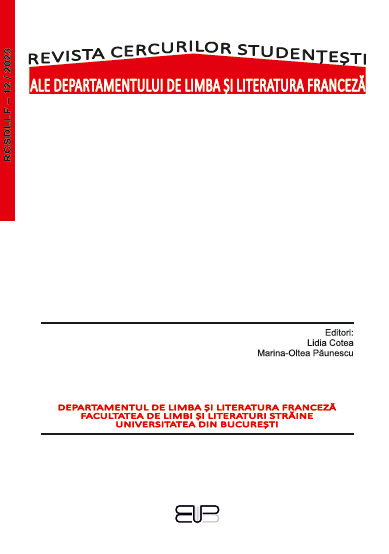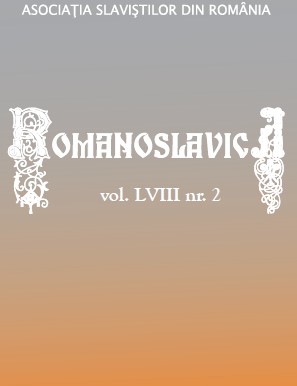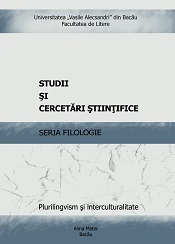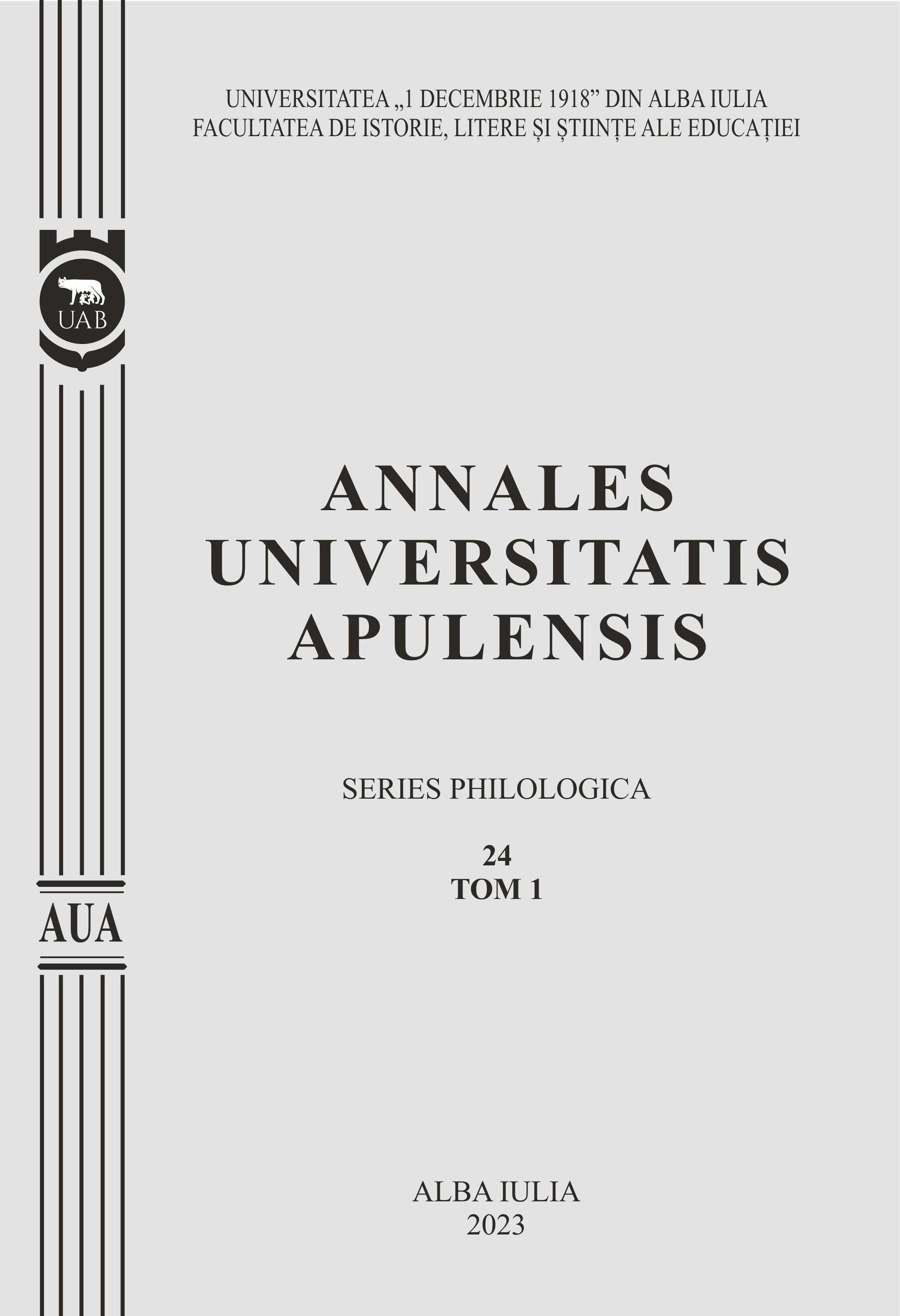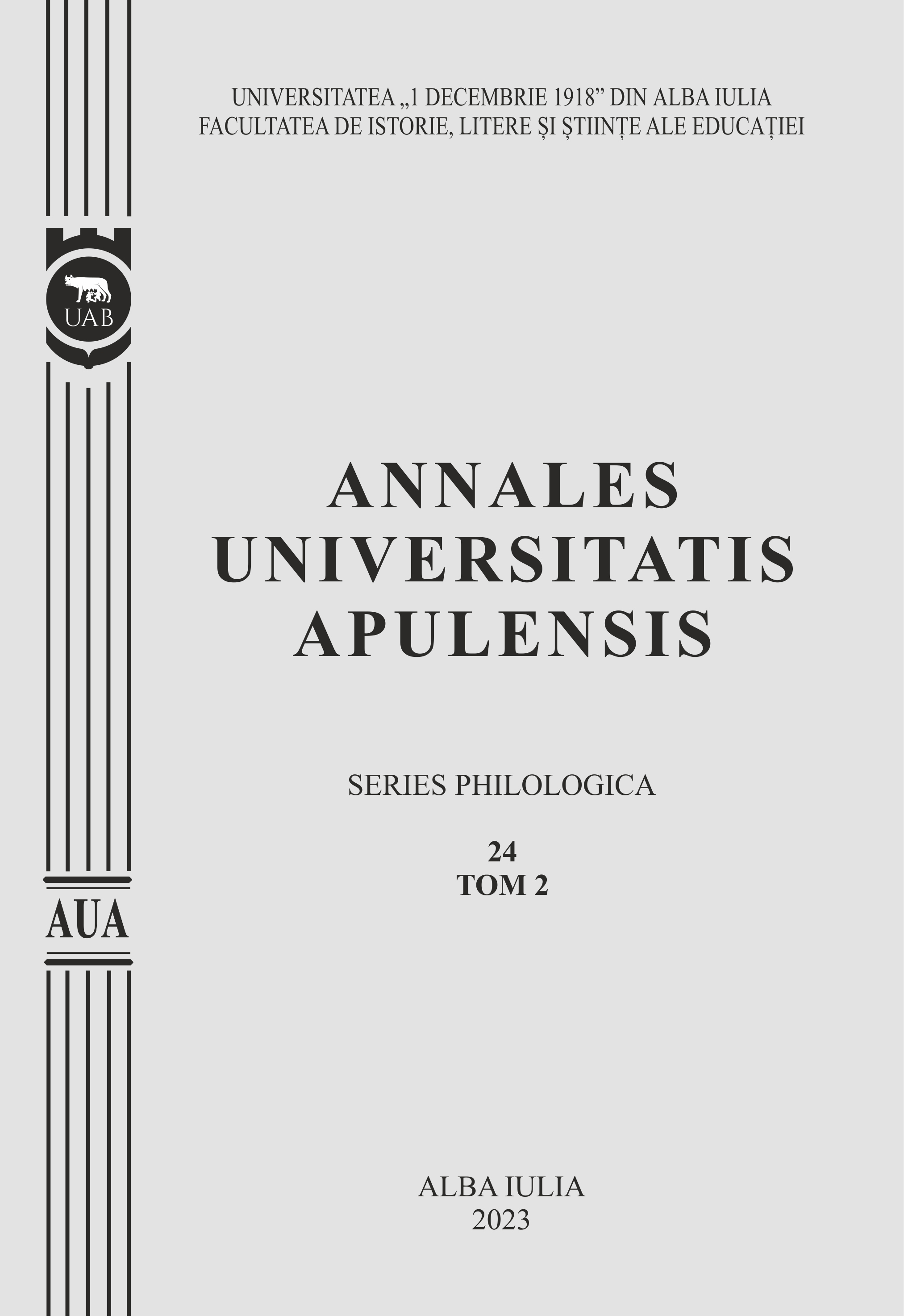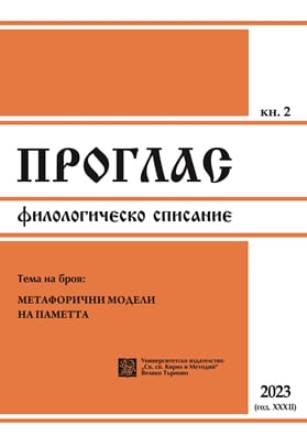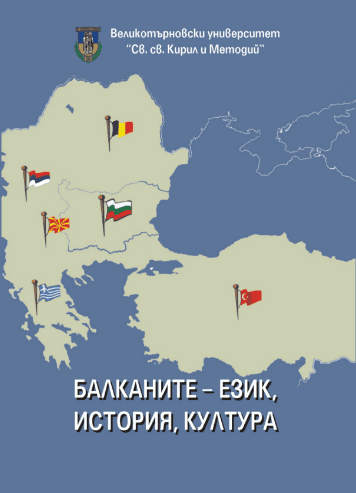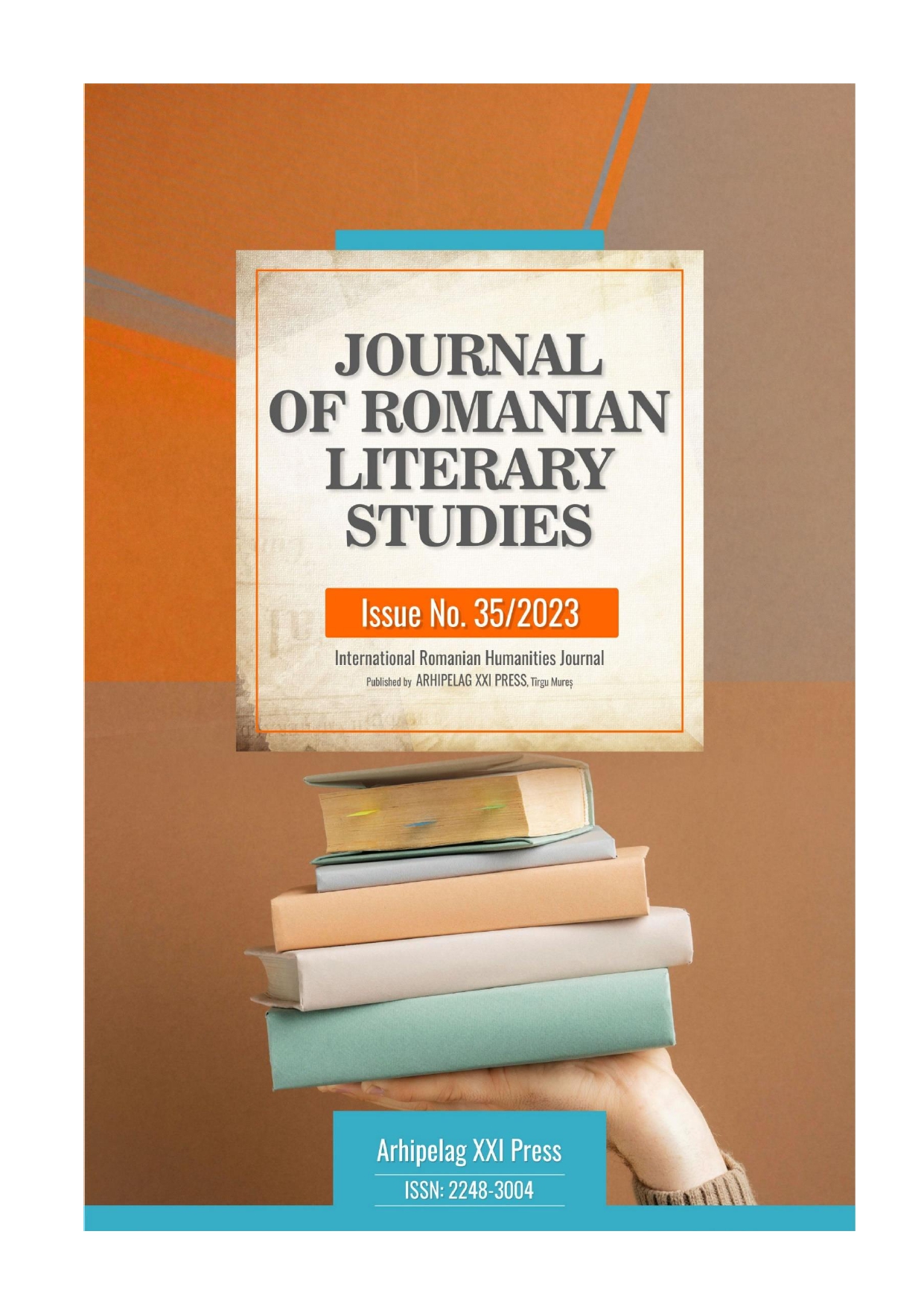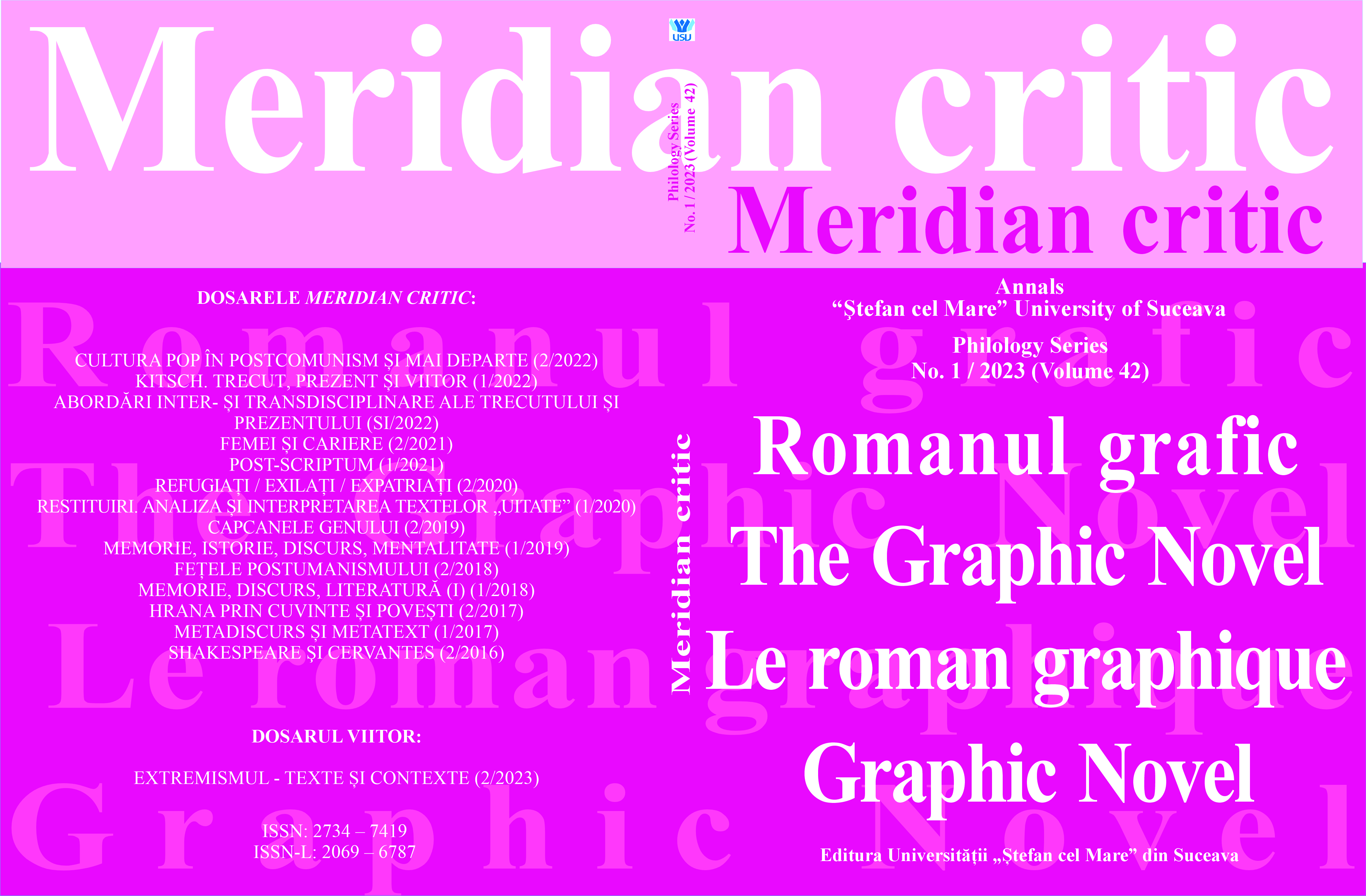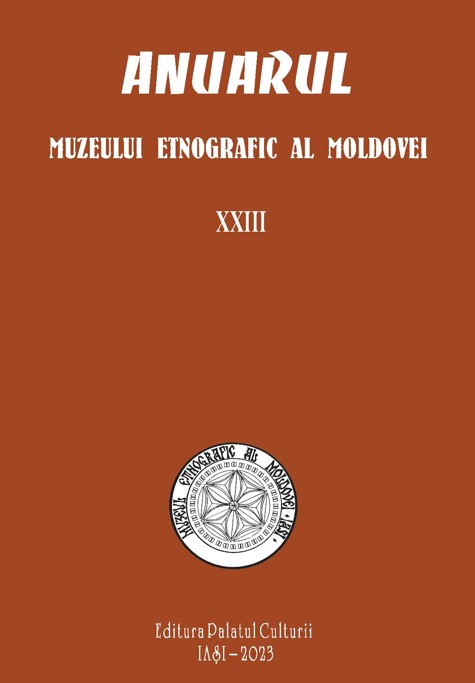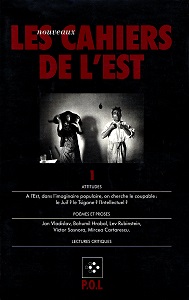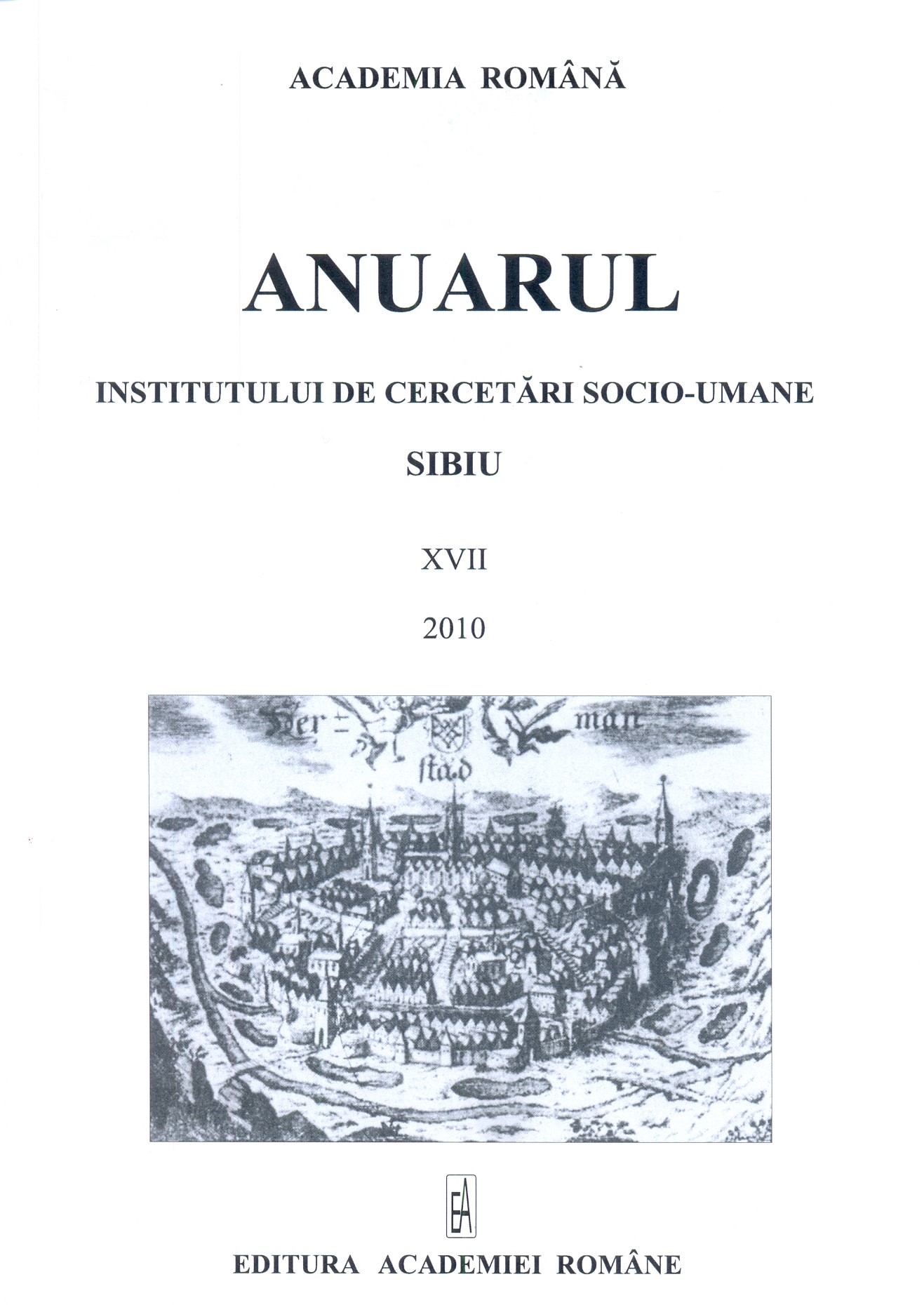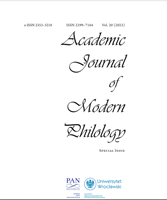Author(s): Anne DURUFLE,Mircea Iorgulescu,Jan VLADISLAV,M. D. GHEORGHIU,Matei Vişniec,Edgar REICHMANN,Ion Pop,Sebastian Reichmann,Thomas BAZIN,Dan Culcer / Language(s): French
Issue: 01/1991
Review of:
Voyages à l’Est (Récits), Balland-Maison des Écrivains, 1990
PlOTR SZEWC, L’Evanescence des choses Traduit du polonais par Éric Morin-Aguilar Éditions Noir sur Blanc, 1990
Ludwik Flaszen, Le Chirographe Traduit du polonais par Adrien Le Bihan Editions La Découverte, 1990
La Poésie tchèque moderne Anthologie rassemblée par Petr KRAL Belin, 1990
Quinze poètes roumains Choix de Dumitru Tsepeneag, L’Extrême contemporain, 1990
Lena Constante, L’Évasion silencieuse, trois mille jours seule dans les prisons roumaines La Découverte, 1990
Gregor von Rezzori, Mémoires d’un antisémite Traduit de l’allemand par Jean Dusay L’Âge d’Homme, Paris, 1990
Claude Karnoouh, L’Invention du peuple Chroniques de Roumanie Arcantère, « Essais », 1990
JlRI WEIL, Un auteur à découvrir
Alexandre Papilian, Des mouches sous un verre Albin Michel, 1990
Helene Carrere D'Encausse, La Gloire des nations ou la fin de l'Empire soviétique Fayard, 1990
J. M. Rymkiewicz, La Dernière Gare Traduit du polonais par Véronique Platte Laffont, « Pavillons », 1989
More...
